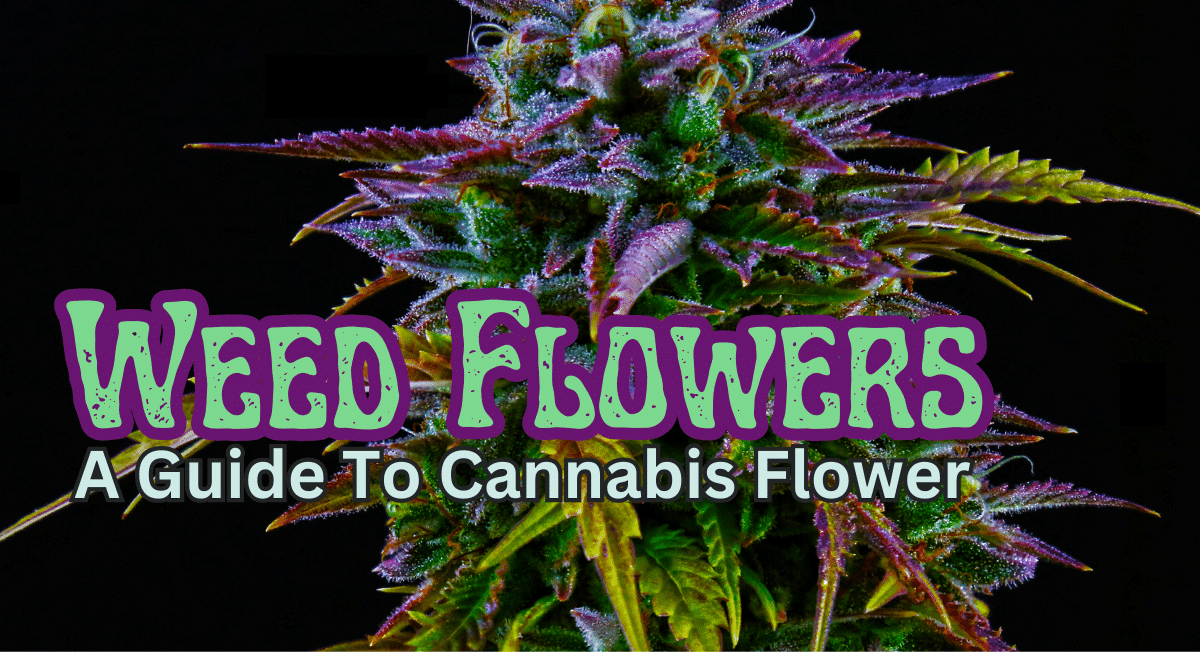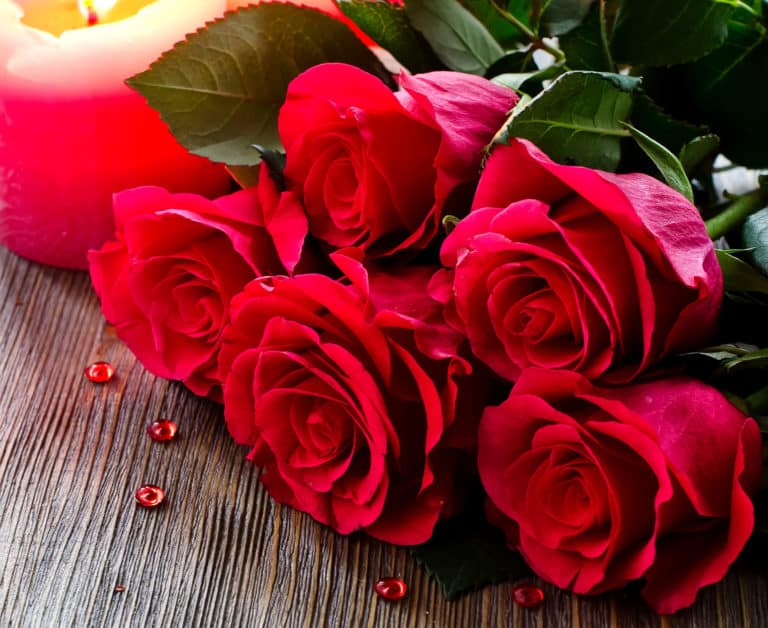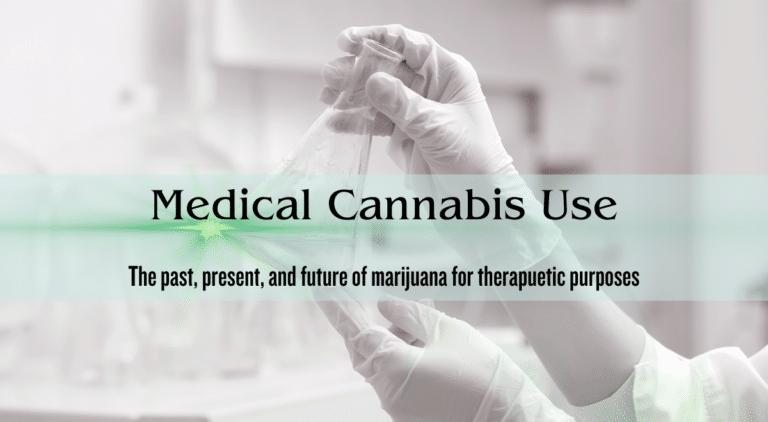Weed Flowers: Everything You Need To Know About Cannabis Flower
Weed flowers are still the most popular offerings at White Rabbit Cannabis. So, understanding what makes flower so unique only enhances the experience and enjoyment.
Cannabis, a versatile and ancient plant, has captured the attention of botanists, medical researchers, and enthusiasts alike. Among its various components, the marijuana flower stands out as the most significant part due to its therapeutic and recreational potential.
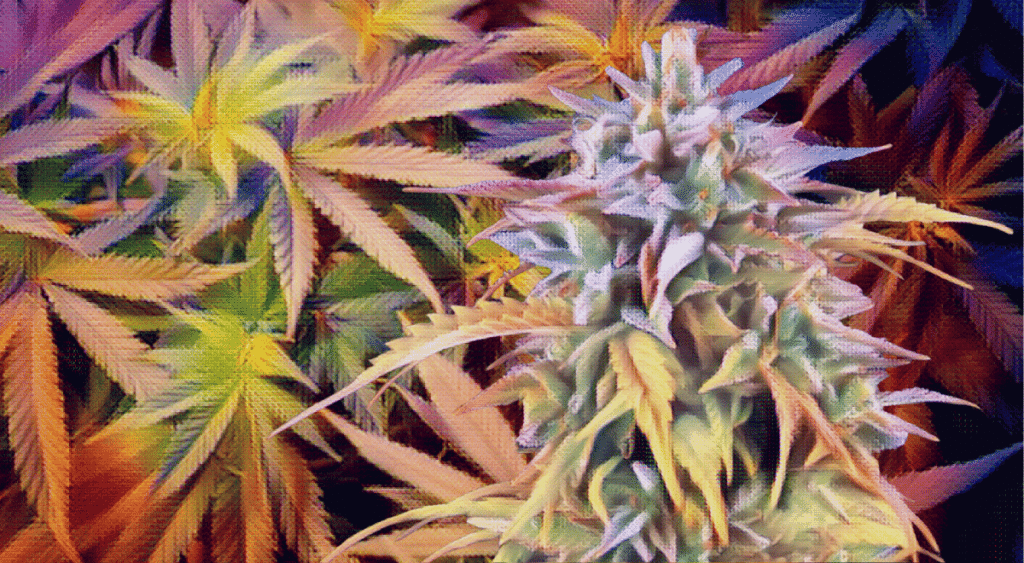
Learning More About Cannabis Flowers
Let’s delve into the anatomy of a cannabis plant, shedding light on the importance of the flower, the different types of flowers (sativa, indica, ruderalis, and hybrids), geographical influences on strain phenotypes. Next, we examine the evolution of potency, and the significance of unpollinated female plants known traditionally as “sinsemilla”. (Sinsemilla is a Spanish word that means “without seed”.)
Unless you were smoking cannabis flower back in the not quite so great good ol days, when folks cleaned buds with seeds for hours ahead of rolling “doobies”, then you probably only have experience with sinsemilla…
The Anatomy of a Cannabis Plant
A cannabis plant, scientifically known as Cannabis sativa, is a dioecious flowering plant, meaning it has separate male and female individuals. The plant consists of several key parts, but we’ll focus on the critical components related to the flowering process:
- Roots: The foundation of the cannabis plant, responsible for anchoring it to the soil and absorbing water and nutrients essential for growth.
- Stem: The central structure that supports the plant’s growth, allowing the transportation of water and nutrients between the roots and the rest of the plant.
- Leaves: Typically, the most recognizable part of the plant, responsible for photosynthesis, converting light into energy.
- Nodes: The points on the stem where branches and leaves emerge. Nodes are critical for identifying the plant’s sex and assessing its maturity. Interconnected nodes form the almighty bud!
- Flowers: The reproductive organs of the cannabis plant, which contain cannabinoids and terpenes, the compounds responsible for the plant’s therapeutic and psychoactive effects. Cannabis flowers start with pistils and carpels. Pistils are the sticky terpene rich part of the flower that collects pollen, and the carpel is where the seed develops… If it actually gets pollinated.
The Importance of Weed Flowers
Cannabis flowers, also known as buds or colas, are the primary source of cannabinoids, including the well-known delta-9-tetrahydrocannabinol (THC) and cannabidiol (CBD). These compounds interact with the endocannabinoid system in humans and animals, influencing various physiological processes, such as pain perception, appetite, and mood.
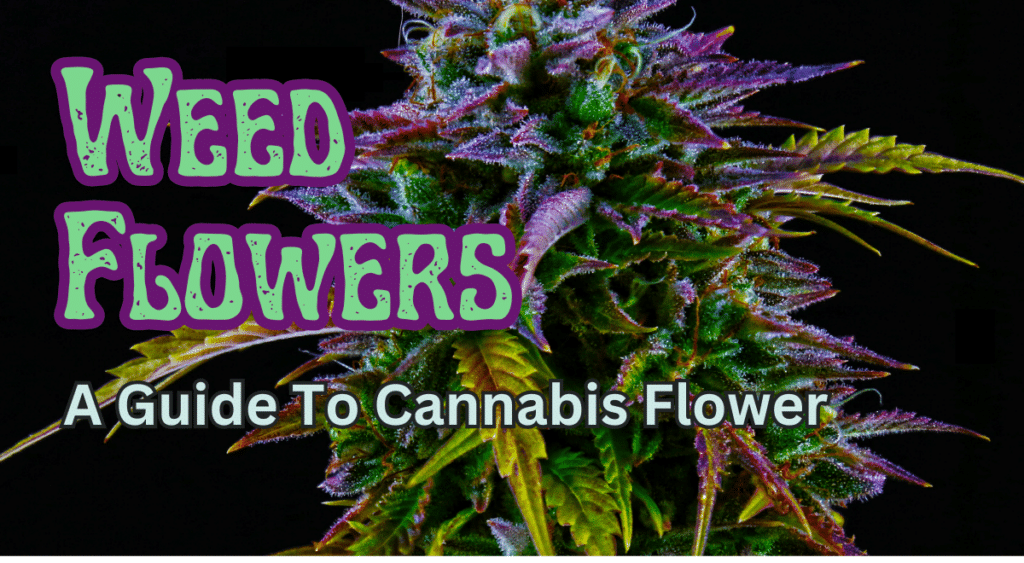
Different Types of Cannabis Flowers
- Sativa: Sativa strains are known for their uplifting and energizing effects. They typically have higher THC to CBD ratios, making them popular among those seeking a euphoric experience or creative inspiration. Sativa plants often grow tall with narrow leaves and are suited to warm climates.
- Indica: Indica strains are associated with more relaxing and sedating effects. They tend to have higher CBD to THC ratios, making them favorable for medicinal purposes, particularly for pain relief and relaxation. Indica plants are shorter and bushier than sativa plants, with broader leaves, and are well-adapted to colder climates.
- Ruderalis: Cannabis ruderalis is a lesser-known variety that originates from regions with harsh climates, such as Russia and Central Asia. Ruderalis plants have a much lower THC content than sativa and indica varieties and are valued for their autoflowering trait, meaning they do not rely on photoperiods to transition from vegetative to flowering stage.
- Hybrids: Hybrid strains are the result of crossing sativa and indica plants, combining the characteristics of both varieties. This breeding technique allows cultivators to create specific blends of effects, flavors, and growth patterns tailored to consumer preferences.
Geographical Impact on Strain Phenotypes
The geographical location where cannabis plants grow naturally or are cultivated plays a crucial role in shaping their phenotypes. The combination of environmental factors such as temperature, humidity, soil composition, and sunlight duration contributes to unique genetic expressions within the plant. For instance, plants grown in equatorial regions with consistent light exposure may develop higher THC levels due to increased solar radiation. On the other hand, plants from colder regions may have higher CBD content.
Evolution of Potency
The evolution of cannabis potency can be traced back to human cultivation practices and selection. Throughout history, humans have selected and bred plants with desired traits, such as higher THC content for recreational use or increased CBD levels for medicinal purposes. This selective breeding has led to the development of strains with varying cannabinoid profiles, offering a wide range of effects and applications.
The Importance of Female (Sinsemilla) Unpollinated Weed Flowers
Sinsemilla refers to unpollinated female cannabis plants. When female plants are not pollinated by male plants, they channel their energy into producing larger and more potent flowers, rich in cannabinoids and terpenes. Sinsemilla flowers are highly sought after for their superior quality, making them more valuable in both the medical and recreational markets.
Enjoying Marijuana Flower
Understanding the anatomy of a cannabis plant and the significance of weed flowers provides valuable insights into the world of cannabis cultivation, consumption, and medicinal applications. From sativa to indica, ruderalis to hybrids, and the evolution of potency, each aspect of the cannabis plant contributes to its diverse and rich array of effects. Additionally, the unpollinated female plants, or sinsemilla, offer an exceptional level of cannabinoid and terpene concentration, making them a prized possession in the cannabis community.
References:
- Andre CM, Hausman JF, Guerriero G. Cannabis sativa: The Plant of the Thousand and One Molecules. Front Plant Sci. 2016;7:19. doi:10.3389/fpls.2016.00019
- Small E, Cronquist A. A Practical and Natural Taxonomy for Cannabis. Taxon. 1976;25(4):405-435. doi:10.2307/1218252
- ElSohly MA, Radwan MM, Gul W, Chandra S, Galal A. Phytochemistry of Cannabis sativa L. Prog Chem Org Nat Prod. 2017;103:1-36. doi:10.1007/978-3-319-45524-6_1
- Russo EB. Taming THC: potential cannabis synergy and phytocannabinoid-terpenoid entourage effects. Br J Pharmacol. 2011;163(7):1344-1364. doi:10.1111/j.1476-5381.2011.01238.x
- Potter DJ, Clark P, Brown MB. Potency of Delta 9-THC and Other Cannabinoids in Cannabis in England in 2005: Implications for Psychoactivity and Pharmacology. J Forensic Sci. 2008;53(1):90-94. doi:10.1111/j.1556-4029.2007.00603.x
More Articles About Cannabis
- Retro Rolls | Apple Fritter Strain Review
- Parasol Premium Cannabis | The Back Court Strain Review
- Dutch Treat Strain Review | Blue Roots Cannabis
- Jealousy BX1 Strain Review | Method Cannabis

